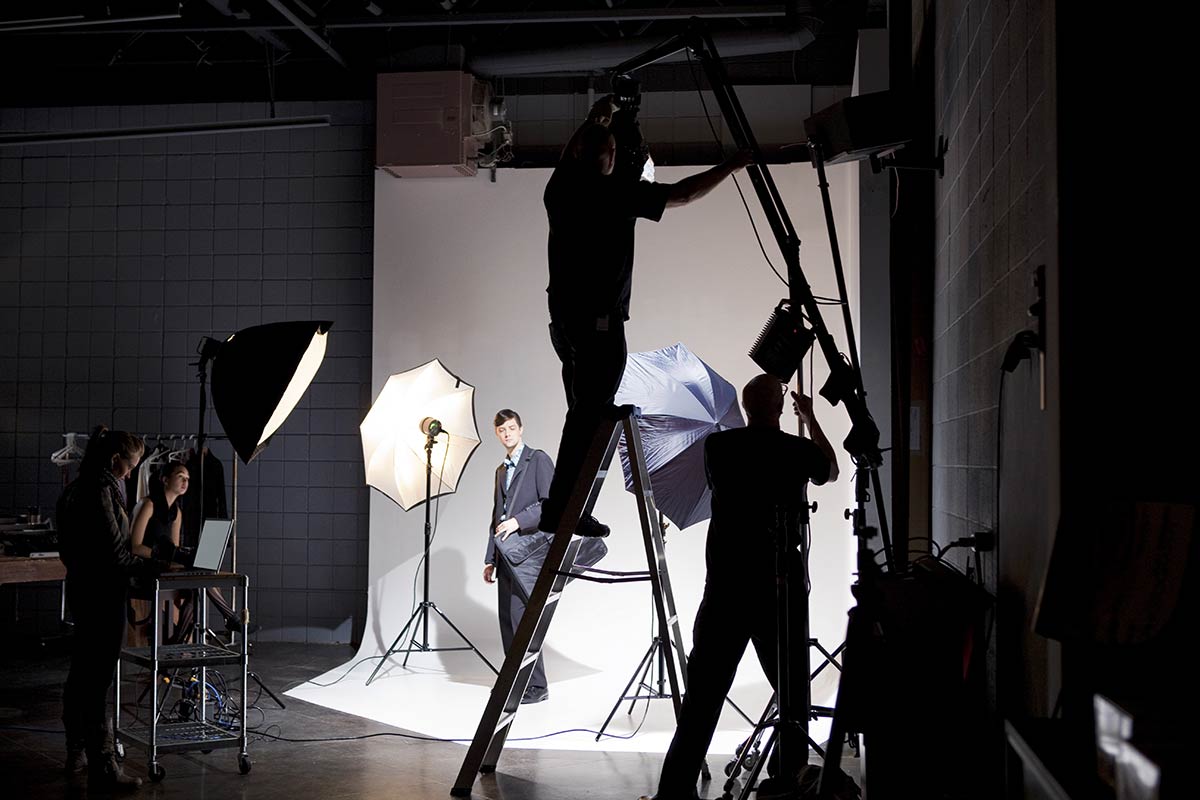Academia Could Learn From Hollywood

The team structure found in the movie industry may benefit the academic world.
Science no longer is the work of ‘solo genius’ but instead the outcome of a cooperative operation.
“The discovery of the Higgs particle, for instance, took more than 3,000 scientists working together,” UH Professor Ioannis T. Pavlidis said.
Pavlidis and UH Professor Ioanna Semendeferi, along with Alexander M. Petersen from the IMT Lucca Institute for Advanced Studies in Italy, published a commentary in an issue of Nature Physics. Titled “Together We Stand,” the piece discusses how synchronicity will involve rethinking graduate education and research, starting from quantitative analysis of serious issues.
The authors contend that research and science have become more of a team effort, yet academia — the main home for scientific operations — remains largely the same in the way it functions: career advancement is constructed around individual acknowledgment, grants are typically awarded to a single faculty member as the principal investigator (PI) and students trek through curriculum independently.
They recommend that academia adopts the movie industry’s model. As a primary example, they point toward the Oscars, where the director, leading actors and other roles in the filmmaking process are recognized.
Pavlidis, Petersen and Semendeferi provided several recommendations to institute change. One suggestion addressed the PI structure in research grants, stating it may be more beneficial to implement a “crew structure” with multiple specialized PIs operating with equal importance.
The commentary was based on research funded by the National Science Foundation and the Italian National Research Council.
Next Story:
Now You See It, Now You Don’t
Researchers’ camouflage technology draws from marine life …